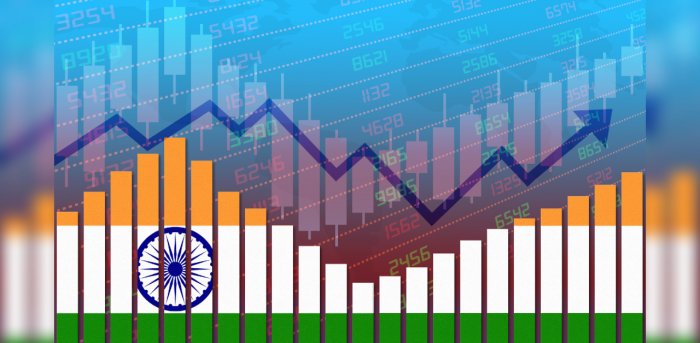The GDP numbers for Quarter 1 of financial year 2021-22 are out. Indian GDP has grown with a staggering growth rate of 20.1%, reaching to the monetary value of over 32 Lakh Crore Rs.
The number although looks impressive but the truth is, it has to be taken with a pinch of salt. Growth of over 20% has been possible because the base, with which growth is calculated i.e. Quarter 1 of previous financial year, was down 24% because of the first lockdown in April-May of last year.
Experts have said that the growth figure of 20.1% isn’t something to be proud of for now, we will have to maintain this momentum in order to ‘really’ grow.
Even then, I feel GDP has done quite well despite the horrendous second wave of covid in April-May of this year.
Here we will talk about three key reasons why GDP was able to recover with almost a V-shaped recovery.
-
Impressive Agriculture Performance
It is often mentioned that Agriculture is the backbone of Indian Economy. Even though we take pride in our growing services sector, it is Agriculture which has saved the economy in tough times. Whether it was Covid, recession of 2008 or tough times of early 1990s, Agriculture and its allied sectors have shown continuous growth.
In the latest quarter, Agriculture sector has grown by an impressive 4.5% from the base growth of positive 3.5% in Q1 of previous year.
The sector has added monetary value of 4,86,292 Crore Rs to the Indian GDP.
The Indian agriculture sector saw record procurement of cereals, high food prices, and employment support schemes. This has been possible because of early arrival of monsoon rains this year, which helped farmers accelerate sowing of summer-sown crops such as paddy rice, cotton, soybean and pulses, and also boosted crop yields.
This growth in Agriculture sector proves that the roots of Primary sector in India are strong and with govt. support in terms of subsidies, MSPs and boost to farmers income, it would continue to grow and contribute a major chunk to the economy.
-
Quick Recovery of Construction Sector
Construction and its allied activities were probably hardest hit by first wave of Covid last year. All the activities were halted on short notices and the workers had migrated to their hometowns.
It was predicted that it would take longer than two financial years for Construction Sector to recover back. This has however been defied strongly.
After contracting more than 49% in Q1 of last year, Construction sector has grown by staggering 68.3% in this quarter.
This had been possible because of Central Govt. allowing State Govt. to implement localised lockdowns during second wave in April-May of this year.
The sector has added monetary value of 2,21,256 Crore to the economy in this quarter.
This growth has been possible because of sustained demand in the residential sector helped by increased affordability of residential properties.
Also, the speedily vaccination is also encouraging people to go back to the metro cities and occupy the properties, which had been vacated in the first wave migration.
-
Boom in Manufacturing
Anyone who understands National Economics, would certainly agree that Manufacturing is the most important and needed sector to the Economy at this stage. If India has to recover from this stage and achieve double digit growth consistently to reach $ 5 Trillion Mark, Manufacturing has to play the biggest role.
The sector has seen growth of 49.6%, adding monetary value of 5,43,821 Crore Rs.
One of the biggest reasons for this growth is Govt. scheme of production-linked incentive (PLI), in segments like mobile manufacturing and IT hardware that has attracted foreign investors.
Sixteen proposals including three manufacturing partners of Apple — Hon Hai (Foxconn), Wistron and Pegatron — selected by the government committed to invest a cumulative sum of around Rs 110 billion to manufacture mobile phones worth Rs 10.50 trillion over the next five years.
Another big reasons behind growth in Manufacturing is because of State-led initiatives, which are recognising the skills of local people and providing incentives in terms of land, loans, skills etc to provide employment and generate income.
Check out this report by Print, to know more about this.

